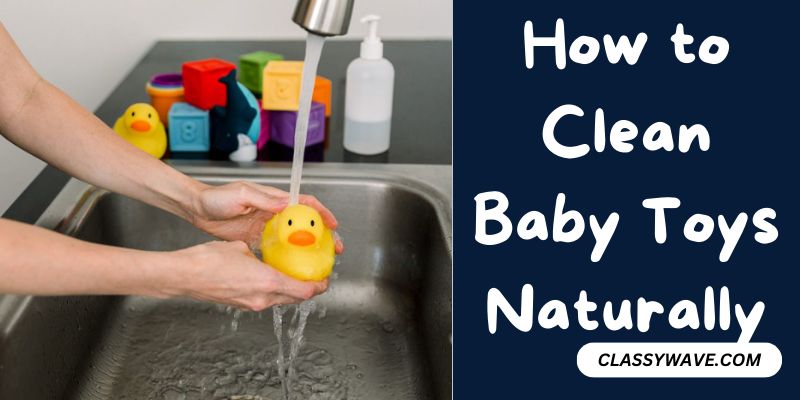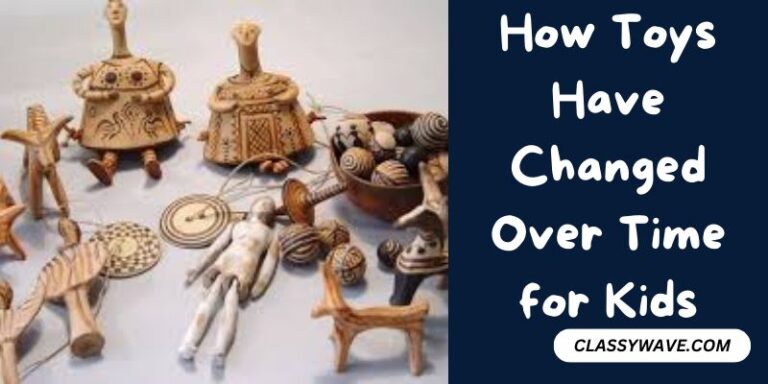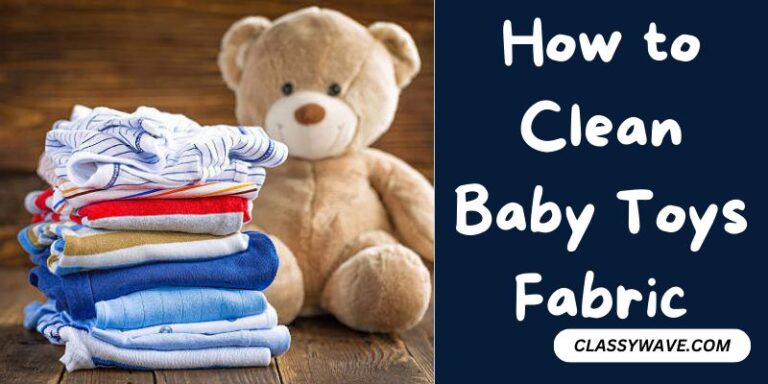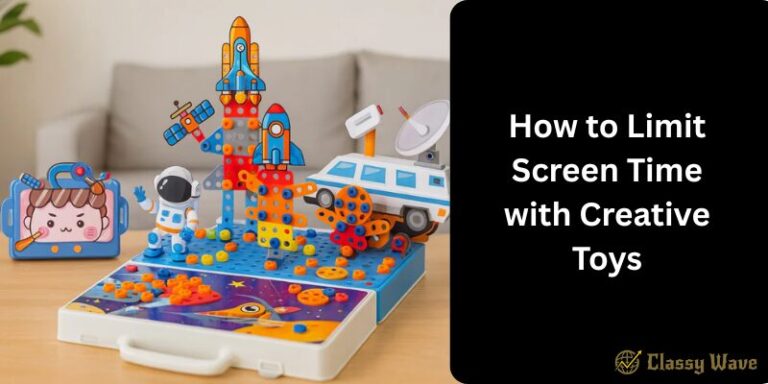How to Clean Baby Toys Naturally – Easy Guide
Embarking on the incredible journey of parenthood entails a myriad of responsibilities, and among the top priorities is safeguarding the safety and overall well-being of your cherished little ones. In this enchanting expedition of raising children, there’s a subtle yet crucial facet that often escapes immediate attention – the cleanliness of the toys that become integral to their daily play.
Within the realms of this article, we delve into the profound significance of adopting a natural approach to cleaning baby toys. By veering away from the use of harsh chemicals and wholeheartedly embracing eco-friendly practices, we not only prioritize the health and safety of our precious ones but also contribute to fostering a sustainable and nurturing play environment.
Join us on this exploration as we unravel the art of cleaning baby toys naturally, weaving a tapestry of care, consciousness, and joyful play for your little treasures.
Common Baby Toy Materials
Baby toys come in various materials, from plastics to fabrics and even electronics. While these materials provide a diverse range of options for play, they also demand careful consideration when it comes to cleaning. Traditional cleaning products might pose risks, making a natural approach essential.
Benefits of Natural Cleaning
Cleaning baby toys naturally isn’t just about being environmentally conscious; it’s about safeguarding your baby’s health. The absence of harsh chemicals reduces the risk of exposure to harmful substances, creating a safer environment for your little ones to explore and learn.
Basic Supplies for Natural Cleaning
To embark on the journey of natural toy cleaning, assemble a few household items: vinegar, baking soda, lemon, and distilled water. These simple ingredients can be powerful allies in maintaining a hygienic play area.
Step-by-Step Guide to Cleaning Baby Toys
Begin by sorting toys based on their materials. Then, create a cleaning solution using the gathered supplies. Armed with a soft cloth or sponge, embark on a thorough cleaning session. Finish by ensuring the toys are adequately dried and sanitized.
Spot-Cleaning and Stain Removal
For stubborn stains or specific materials like plush toys, a targeted approach is necessary. Learn how to address stains naturally and preserve the integrity of plush toys during cleaning.
Preventing Mold and Mildew
Proper storage techniques and a regular cleaning routine are crucial in preventing the growth of mold and mildew on baby toys. Explore strategies to maintain a clean and mold-free play environment.
Safety Measures
Ensure your baby’s safety by staying informed about toy recalls, avoiding abrasive cleaning materials, and testing cleaning solutions on a small, inconspicuous area before widespread use.
DIY Natural Disinfectant Spray
Discover a simple recipe for a natural disinfectant spray that not only cleans but also adds an extra layer of protection against germs. Learn about its benefits over commercial disinfectants.
Ensuring Child Safety
Childproof the cleaning area to prevent accidents, and consider involving your children in the cleaning process to teach them the importance of maintaining a clean space.
Addressing Allergies
Explore hypoallergenic cleaning options and monitor your baby for any allergic reactions to cleaning products, ensuring their health and well-being.
Natural Scented Toys
Infuse a pleasant aroma into your baby’s toys naturally, avoiding the use of artificial fragrances that may contain harmful chemicals.
Sustainability in Toy Maintenance
Extend the life of baby toys by upcycling old ones and choosing toys made from sustainable materials. Embrace a holistic approach to toy maintenance.
Educational Toys Maintenance Tips
Learn special care tips for toys with electronic components, ensuring they remain functional and safe for extended periods.
Conclusion
In wrapping up our exploration into natural baby toy cleaning, it’s clear that this small act carries significant weight. Opting for eco-friendly practices over harsh chemicals not only ensures the immediate well-being of our little ones but also lays the foundation for a sustainable future. In each wiped surface and naturally scented toy, we find a commitment to mindful parenting—a dedication to creating a safe and joyful space for our children. So, let this guide serve as a reminder that in these seemingly simple acts, we shape a world of security, consciousness, and enduring love for generations to come.
Frequently Asked Questions
Is natural cleaning as effective as commercial cleaners?
Natural cleaning can be just as effective without the potential harm of harsh chemicals.
Can I clean all types of baby toys using natural methods?
Most baby toys can be cleaned naturally, but it’s essential to consider the material and construction.
How often should I clean my baby’s toys?
Regular cleaning is recommended, especially after illnesses or if toys are visibly soiled.
Are natural cleaning supplies safe for babies with allergies?
Natural cleaning supplies can be gentler, but it’s crucial to choose hypoallergenic options and monitor for reactions.
What can I do with old baby toys I no longer need?
Consider upcycling, donating, or responsibly disposing of old toys to minimize environmental impact.
What is a safe way to clean baby toys?
Mix a solution of equal parts water and white vinegar. Use a soft cloth or sponge to wipe down plastic and wooden toys. For fabric toys, check care labels and spot clean as needed.
How do you sanitize toys that can’t be washed?
Place toys in a sealed plastic bag and freeze them for a few hours. The cold temperature will kill germs. Alternatively, use a mixture of water and mild soap on a cloth to gently wipe down the surface.
How do you make baby toy cleaner?
Create a natural cleaner by mixing one part distilled white vinegar with one part water. Optionally, add a few drops of essential oil for a pleasant scent. Combine in a spray bottle for easy application.
How do you wash toys without toy cleaner?
Use a mixture of mild dish soap and water. Dip a cloth or sponge into the soapy solution and gently clean the toys. Be sure to rinse thoroughly and allow the toys to air dry.







